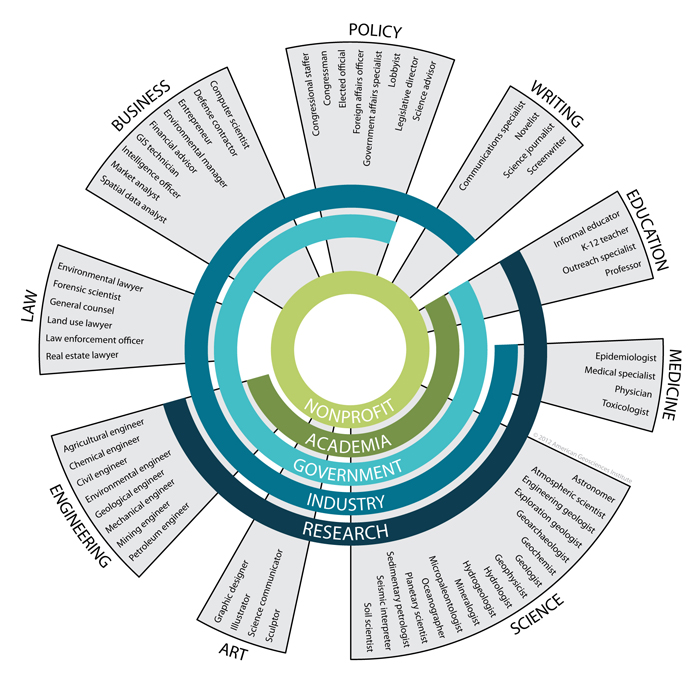Interested in doing summer research?
Check out our resources for applying to undergraduate research programs, including a webinar featuring the wisdom of Dr. Melissa Burt! (link takes you to YouTube.)
Past REU participants reflect on their experiences
- “The REU program continues to impact my career and my professional growth. I am very happy to be a part of this research program that collaborates with the faculty and students. The program has taught me how to analyze data, write a technical paper, [and] prepare and make both oral and poster presentations… Overall, I am very grateful for having the REU program prepare me, as an undergraduate student, for graduate school and for the STEM workforce through its many rewarding activities and events.”
- “The REU experience, to a great extent, made my master’s degree research experience so much more enjoyable; it allowed me to develop the set of skills required to do research at a graduate level.”
- “Participating in the NSF CREST REU program was more than just an eye-opener; it exposed me to the scientific community, allowed me to present my work at a number of conferences in the United States, led me to a series of new opportunities, and compelled me to expand my career goals.”

This project is funded by the National Science Foundation’s Improving Undergraduate STEM Education Program: DUE #s 2013318, 2013333, 2013323, 2013312, 2013326 to Colorado State University, Colorado College, University of North Carolina-Charlotte, Texas A&M University, and University of California-San Francisco.
What are the geosciences anyway?
The American Geosciences Institute (AGI) developed this infographic to help students entering the workforce redefine what it means to have a career in geoscience.
Having a successful geoscience career is not solely about mastering the technical fields of study. It includes how students seamlessly integrate their interests and competencies to build a professional portfolio that will bolster their geoscience career.
Recognizing the importance of emphasizing the transferability of skills across different fields is imperative to students’ employability as geoscientists. This image is not meant to be definitive, but used as a tool to help those entering the workforce think outside the box. The colored rings signify the different sectors where geoscientists work. The wedges, in turn, represent the fields where geoscientists are employed and include different examples of occupations. Where the wedges intersect with the rings indicate that those fields are included in those sectors. To learn about workforce trends in the geosciences, check out the AGI Geoscience Currents!
